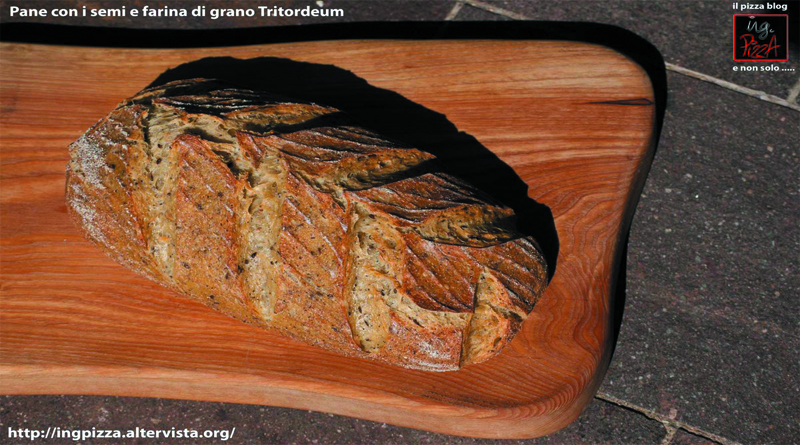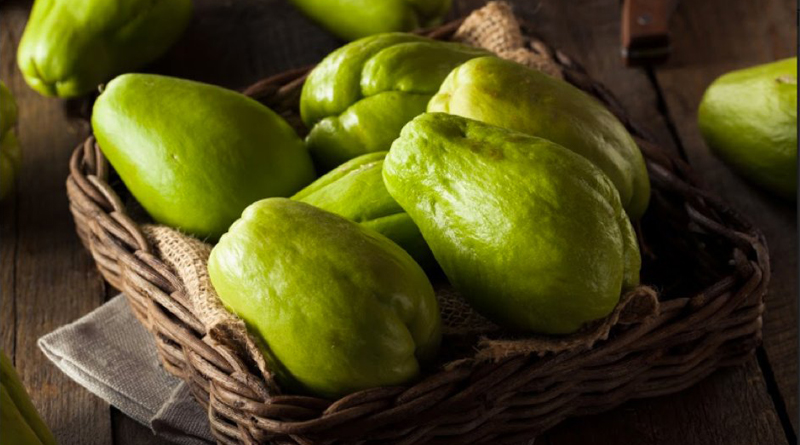Tritordeum is a trademarked commercial brand developed from durum wheat (Triticum durum) and a wild barley (Hordeum chilense) that is being introduced into the UK and other countries around the world.
Researchers at Agrasys, a division of the Spanish National Research Council (CSIC), spent almost 30 years developing the new GMOfree organic cereal using traditional breeding techniques.
Although not glutenfree, the CPVOregistered cereal contains far fewer peptides responsible for gluten intolerance.
Etienne Vassiliadis, business development manager at Agrasys, told BakeryandSnacks that, while it still contains gluten like wheat, rye, barley, spelt, durum wheat, the composition differs from other cereals.
“Compared to standard modern wheat, Tritordeum has a 60% reduction of the ‘immunogenic peptides. This results in an improved gut feeling for consumers suffering from NCGS (nonceliac gluten sensitivity),” said Vassiliadis.
Tritordeum is noted for its distinctive goldenyellow color and has a nutty, slightly toasty flavor with a sweet note. Due to the weaker gluten, it has a soft, moist crumb, with a shortbite feel.
It is suitable for a wide range of wide range of cereal products and baked goods, from French baguettes and brioches, to German breads, Italian ciabattas and pizza.
Nutritional profile
“Tritordeum contains a higher level of dietary fiber than standard wheat,” said Vassiliadis, noting these belong to the group of nonstarch polysaccharides known for helping to maintain normal blood cholesterol levels and reduce blood glucose rise after a meal.
The hybrid has high level of fatty acids especially the monosaturated oleic acid commonly recommended in the Mediterranean diet – and lutein, which has been widely studied for its benefits on eye health, he contended.
It also has a similar vitamin and mineral profile to other cereals, including a predominance in calcium, iron, manganese, potassium and zinc.
“With almost 4% of dietary fiber, a ‘source of fiber’ claim is possible,” said Vassiliadis.
“Unfortunately, though, there is no health claim related to lutein or gluten digestibility as EFSA doesn’t recognize those.”
Tritordeum is currently cultivated by organic EU farmers who work under license to Agrasys and milled by German millers Gut Rosenkrantz. This makes it fully traceable from seed to flour.
Annually, 1,500 hectares per year are under cultivation, producing between 3,0003,500 tons of both conventional and organic grain.
According to Vassiliadis, the crop has demonstrated good resistance to pathogens, drought and heat stress. “This means that production costs can be kept low because it doesn’t require vast amounts of water or fertilizers,” he said.
The cereal was first commercialized in 2014, with an introduction in Spain and Italy. It was rolled out onto the French, German, Swiss and Turkish markets the following year.
“We are now entering in Holland, Belgium, Denmark, through milling partners, as well as introducing it to the UK,” said Vassiliadis. “We have also started projects outside of the EU, in countries like Chile.”
He noted that Agrasys has a 12person team, mostly with scientific backgrounds, that promotes the brand worldwide.
Looking for partners
Agrasys is currently looking for partners to introduce Tritordeum to the artisanal as well as industrial bakery sectors in the UK.
“Whenever we can build a complete value chain from field to fork, we try to do so,” he said. “The success of Tritordeum is very much dependent on developing partnerships in each market to assist us with local expertise in the bakery sector.
“Although we have no limitations on production capability, we do put a ceiling on this according to sales in order to financially support the repurchasing of the grain from farmers.”
Agrasys sells Tritordeum for €1.1 to €1.25 ($1.24$1.41) per kg of conventional flour, and between €1.4 and €1.6 ($1.57$1.8) per kg for the organic variety.
Vassiliadis said these prices are not set in stone, though.
“If a customer is able to sign a Tritordeum grain production contract with Agrasys, we can improve the cost structure as we wouldn’t have to financially support the repurchase and could use our earnings for other activities,” he said.
Source: Food Navigator










